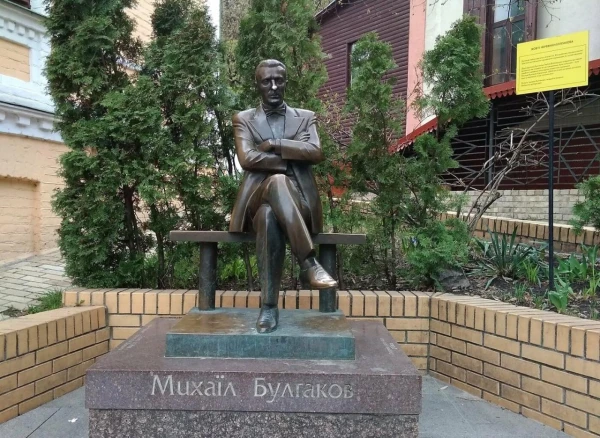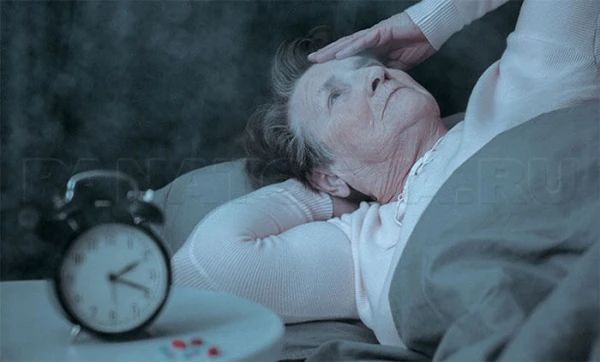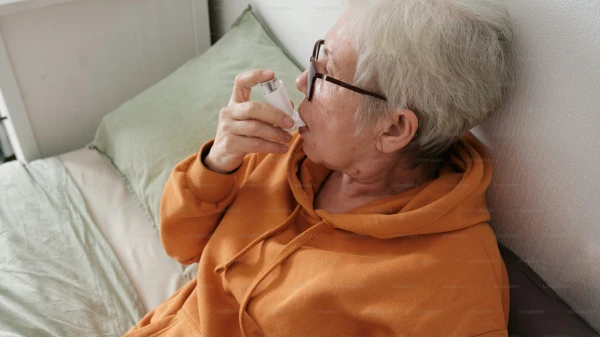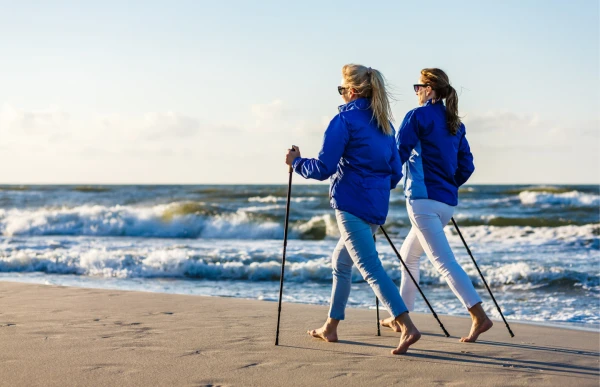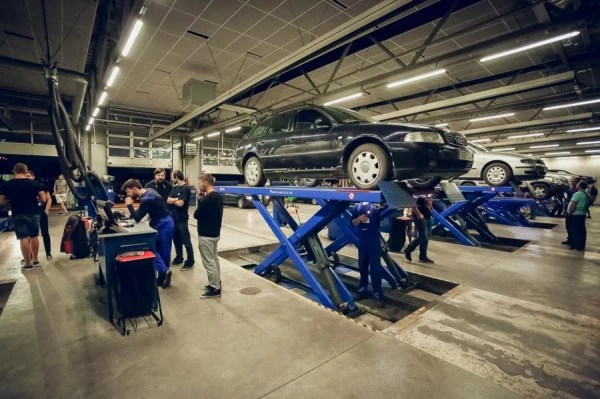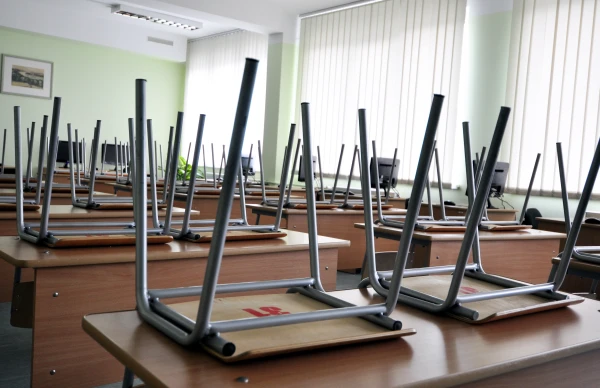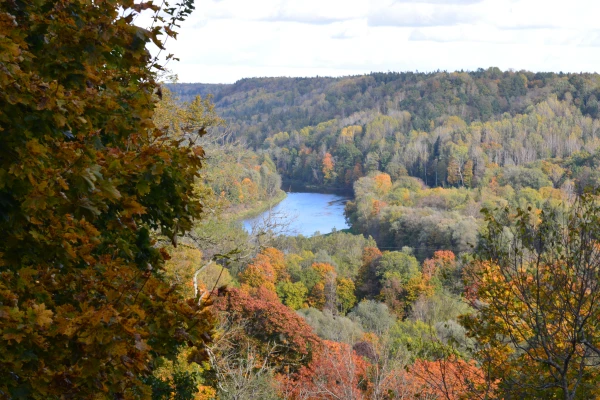
Upon entering Brivibas Gatve, I felt like I was in a stream of lemmings. The unreasonable little creatures rush in a crowd to an unknown destination. Yes, I should not have waited until noon on Saturday, when the traffic jam at the city exit is marked in red on the navigator, with cars grinning mockingly. Everyone is heading to Vidzeme – some to the country's beaches, and some to this very Switzerland!
Greetings from the Lorupe Viaduct
No, it is still useful to read social networks sometimes. "We recommend using detours through Ragana or Malpils until autumn," warned the owners of the state roads Latvijas Valsts Ceļi. On the other hand, it is already quite deep autumn now, and the state joint-stock company could have completed the reconstruction of the viaduct at the 49th kilometer of the Riga-Sigulda section, a truly elegant creation by architect Velta Reinholde from 1968. Before crossing the small river Lorupe, drivers had to wind along a narrow road...
Lorupe Viaduct. Photo by the author.
And now there was a wonderful opportunity to practice standing in traffic on the hills. This certainly ranks in the top 3 of my driving experiences! Some drivers turned off their engines, put on the handbrake, and let their kids out, who did their business right there by the ravine. I thought it wise to pull into a happily found pocket by the cliff, pour in a bit of antifreeze to prevent the engine from overheating, and also film the reconstructed bridge. When else would I get to travel this route, from which there is no turning back?
Finally, here they are, the houses of Sigulda. Now the reason for the traffic jam is clear – a "repair" traffic light, allowing cars to pass from one side or the other for five minutes. Thank you, Latvijas Valsts Ceļi. In the end, the route from Riga's Purvciems to Sigulda station took 2 hours.
The Rich and Famous
No, but still, how great it is to live in a town with a population of 15,000, founded 818 years ago! Thanks to the Order of the Swordbearers and other high-ranking gentlemen, we have a compact set of historical and architectural treasures in a relatively small area. And how they attract tourists can be judged by the numerous foreign buses and foreign speech. Autumn Sigulda looks impressive in terms of replenishing the city budget – all restaurants and cafes are full, hotel parking lots are packed, and people in yellow vests regulate the arrival of pilgrims.
As for the standard of living – of course, there are poor people in Sigulda, and pensioners surely have to make ends meet. But still, new mansions catch the eye, and it is clear that this is not some crazy nouveau riche building their castle – but modestly and tastefully, with a budget of about 200,000. A-la high-tech, these are probably built by programmers and public health doctors.
The typical Sigulda resident is most likely not particularly interested in agriculture – the land is not like that in fertile Zemgale. But what you cannot take away from the locals is their landscape management. The trimmed grass, like that along the highway to Ragana, is simply a sight to behold. And you don’t notice how ordinary peasant plots flow into golf courses. I wonder if they still receive per-hectare payments from the European Union for the last ones, which are due to all thrifty farmers?
A Few Forgotten Gems
While crowds of travelers besiege Turaida Castle, we decided to explore the surroundings, finally mooring our iron horse. This was akin to an exciting quest – try not to drive under a sign or onto private land, but in the end, we succeeded! And we discovered a monumental building with columns, in excellent condition, but completely closed. What is this on the hill? It turns out this is a county reserve built to store grain in case of a poor harvest, after the liberation of the peasants of Livonia from serfdom in 1819. Huge boulders, shards of granite, are firmly bonded. The thickness of the walls is 73 cm. For the first third of the 19th century, this is quite a solid structure!
After the agrarian reform of the 1920s, the magnificent barn was owned by a former servant of the Turaida estate, Eduards Mardaks, for his participation in the War of Liberation. And for the last 20 years, it has been part of the Turaida Museum Reserve. It’s a pity that nothing is equipped inside...
The estate was generally rich – this was Treiden, as Turaida was then called. After all, the influx of visitors attracted by the neighboring Zegvold (Sigulda) began as early as the early 19th century, and in 1828, the owner of the estate, Lorenz von Kampenhausen, built a lovely Swiss house. You could say it was the first guesthouse-hotel. Complex layout, loggias, bay balconies... But everything burned down in 1944 when the hilly Vidzeme became the fiercest arena of the German-Soviet war.
However, the fundamental outbuildings of the manor's economy remain, which now serve both museum and residential functions. The blue ponds of Turaida look beautiful on a sunny day, and golden leaves carpet the trimmed slopes. In the future, the Swiss house is planned to be restored – if only unfavorable external factors do not intervene again...
The Carriage Crawls Up the Hill, the Temple – a Contemporary of Riga
Most likely, each of us has seen a snow-white palace sparkling from a green-golden hill on a sunny day. And even now, you can reach Krimulda by a funicular through the winding beautiful Gauja, and for those who do not tire of hiking, this is the best route through the mountains – through the valleys. We, due to natural laziness, drove to the estate by wheeled transport – again experiencing a parking competition. And who doesn’t choose our Krimulda as a destination, judging by the license plates? For example, curious people from Finland or a Lithuanian bus.
Krimulda invites. Photo by the author.
In fact, both the public and private sectors are combined here. The manor house with columns still houses a rehabilitation center. The places here are airy, they heal themselves – around flower beds and fountains, in former times, people in white booths took healing sleep. Now, apparently, there are not many rehabilitated guests. But the local fellows are presenting a range of alcoholic beverages produced right here. A group of enterprising young men from Riga is promptly tasting – although it would be better for them not to pour.
A monumental grain storage building in case of a poor harvest. Photo by the author.
Krimulda is nice, but it’s just too crowded. So we make our final stop in the vicinity of the local basilica. Antiquity and tranquility – the temple, formerly known as Kubesel, was originally built in 1205 (only 4 years younger than Riga!), after the Livonian leader Kaupo returned from the Eternal City of Rome, with rich gifts from Pope Innocent, and priest Alobrand began construction in the name of Catholicism.
In the temple, opened in the 13th century. Photo by the author.
The church underwent a major reconstruction in the 17th and 20th centuries. But still – you can feel that this place is sacred. And nearby rests the ancient Livonian Kaupo, the lord of these lands.


